Zheng He was the chief aide of the Yongle Emperor of China in early Ming Dynasty. He is considered as one of the greatest Chinese Admirals in history and is famous for the seven epic voyages he made between 1405 and 1433. Here are 10 interesting facts about Zheng He, who along with Christopher Columbus and Vasco da Gama, is ranked as one of the greatest sailor of the fifteenth century.
#1 HIS ORIGINAL NAME WAS A CHINESE TRANSLATION FOR MUHAMMAD
Originally named Ma He, Zheng He was born into a Muslim family around 1371. He had an elder brother and four sisters. Ma is a Chinese translation for Muhammad. His father and grandfather both carried the title of hajji which suggests that they had made the pilgrimage to Mecca. His family descended from an early Mongol governor of Yunnan during the reign of Yuan Dynasty.
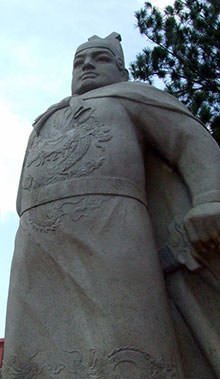
#2 HE WAS CAPTURED AND CASTRATED
In 1381, forces of the newly established Ming Dynasty conquered the last surviving Mongol hold Yunnan. During this the ten year old Ma He was captured. He was soon castrated and sent to serve in the household of the twenty one year old Zhu Di, the Prince of Yan and the fourth son of the first emperor of the Ming Dynasty, Zhu Yuanzhang.
#3 HE BECAME A CHIEF AIDE OF THE PRINCE OF YAN
Under Zhu Di, Ma He not only learned military fighting and tactics but was also allowed to receive a proper education. By 1390 troops were placed under the command of Zhu Di and Ma He accompanied the Prince of Yan in numerous battles throughout China. Ma He distinguished himself as a military officer, made influential friends and gained the trust and confidence of the prince.
#4 HE HELPED ZHU DI CLAIM THE THRONE AS YONGLE EMPEROR
Zhu Di’s elder brothers died young and when Emperor Zhu Yuanzhang died, Di was the eldest surviving son of the emperor. However the son of crown prince, Zhu Di’s nephew, ascended the throne as Jianwen Emperor and attempted to restrain the powers of his uncle. Zhu Di resisted his nephew and began a campaign against him. Ma He was one of the commanders during this campaign which ultimately led to Zhu Di claiming the throne as Yongle Emperor in 1402. Ma He was also one of the key strategists in the campaign.
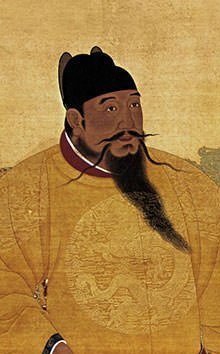
#5 HE HELD THE HIGHEST RANK FOR ANY EUNUCH
In 1404, Ma He was given the conferred the surname “Zheng” by the Yongle Emperor for distinguishing himself in capturing the capital city Nanjing in the 1402 campaign and also for defending the city reservoir Zhenglunba earlier in 1399. In the new administration Zheng He was made the Grand Director (Taijian) of the Directorate of Palace Servants. Later he was given command of the Chinese Navy, the highest rank for any eunuch in the history of China.

#6 HE LED SEVEN EPIC VOYAGES TO THE INDIAN OCEAN
Zheng He was made the admiral of a giant fleet of over 27,000 men. Between 1405 and 1433 he led seven epic voyages to the Indian Ocean with the number of ships in his fleet ranging from 40 to 63. His voyages established Chinese authority in the region. Such was the magnitude of his fleet that all the ships of Christopher Columbus and Vasco da Gama combined could have been stored on a single deck of a single vessel in the fleet that set sail under Zheng He. The largest ships in his fleet were several times larger than any wooden ship ever created in history.

#7 HIS VOYAGES LED TO CHINA BEING EXPOSED TO MANY NEW THINGS
Zheng He’s fleet traveled as far west as Africa visiting many regions including Brunei, Java, Thailand, India, Arabia and Africa. He presented to the regions many things available in China including gold, silver, porcelain, and silk. He brought back building materials, fuels and exotic articles. African giraffe and zebra became decorative animals of Chinese Imperial garden. Arabian glass artisans came to China with Zheng’s fleet and that led to glass becoming a common Chinese utensil later.
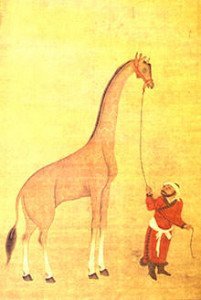
#8 HE DEFEATED THE MOST DANGEROUS PIRATE OF THE TIME
Though Zheng He usually attained his goals through diplomacy, his large army also suppressed many Chinese enemies. He ruthlessly destroyed several pirates that had long plagued Chinese and Southeast Asian waters including Chen Zuyi, one of the most feared pirates to ever infest the seas of Southeast Asia. Zheng defeated Zuyi’s fleet, killed 5000 of his men, captured Zuyi and brought him to China where he was publicly executed.
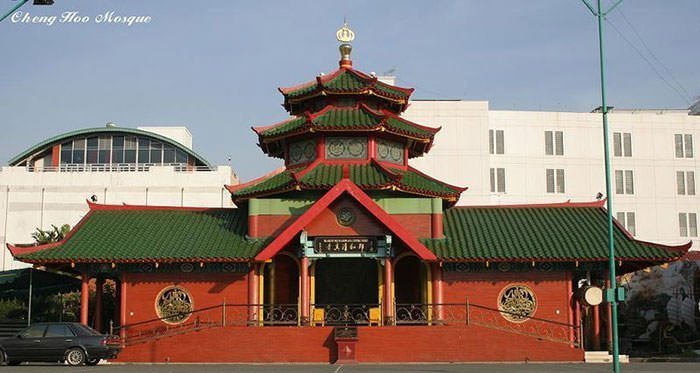
#9 HE DIED DURING A VOYAGE AND WAS LAID TO REST AT SEA
In 1424, the Yongle Emperor died and his son, the Hongxi Emperor, discontinued with the sea voyages as he thought them to be too expensive. Zheng had already finished six of his voyages by then. The following year the Hongxi Emperor also passed away and his successor the Xuande Emperor sent Zheng He and his fleet out again in 1432. His seventh voyage proved to be his last and Zheng He died on the return voyage in 1433. He was laid to rest at sea.
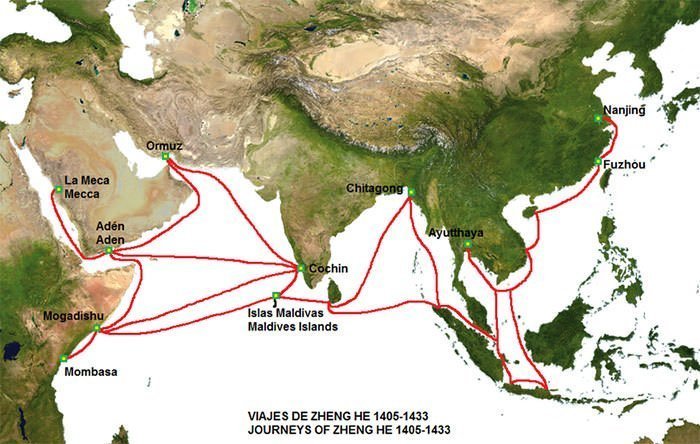
#10 HE IS CONSIDERED THE GREATEST ADMIRAL In CHINESE HISTORY
Zheng He is considered the greatest admiral in Chinese history. His voyages were about a century earlier than Da Gama and Columbus. Indonesian Chinese have established temples to Zheng He in Jakarta, Cirebon, Surabaya, and Semarang. In 2005, for the 600th anniversary of his voyages, China’s CCTV produced a special television series titled Zheng He Xia Xiyang. Since 2005, 11 July is celebrated as China National Maritime Day commemorating Zheng He’s first voyage.

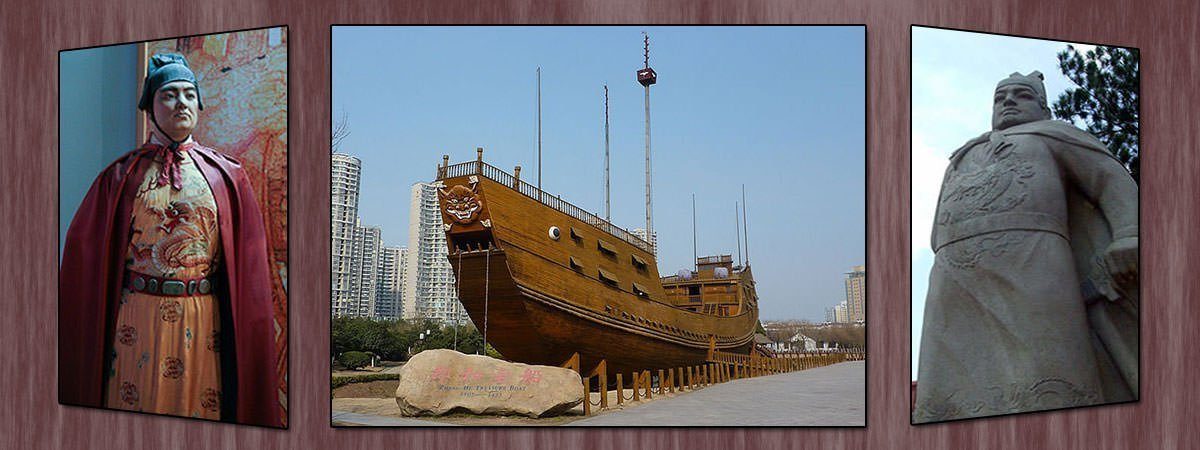
wow i didnt know much about zheng he. he got castrated.
Wow Zheng He is a amazing explorer and how did you get this much information form?